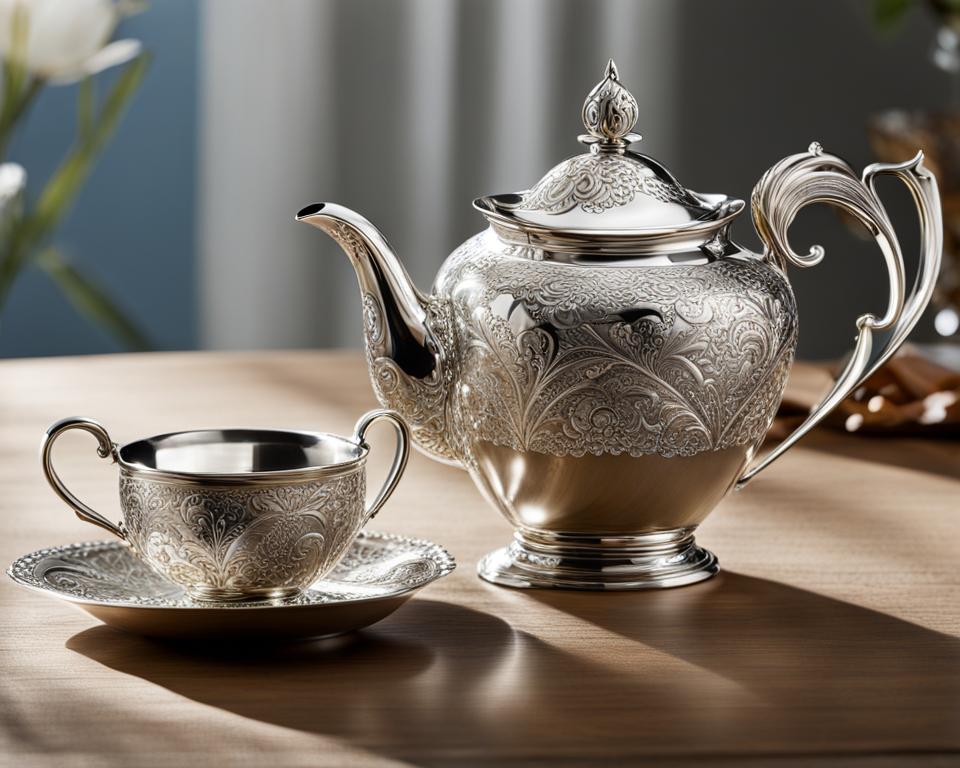Thanksgiving is a time for gratitude, family gatherings, and indulging in a delicious feast. While many associate this holiday with the United States, its origins date back centuries. In this article, we will embark on a journey from Turkey to gratitude as we explore the captivating history and rich traditions of Thanksgiving.
Long before the Pilgrims set foot on American soil, similar celebrations of thankfulness were observed by various cultures throughout history. From ancient Greek harvest festivals to Roman ceremonies honoring Ceres, the goddess of agriculture, giving thanks for a bountiful harvest has long been a global practice.
The modern-day Thanksgiving we know and love, however, traces its roots to the Pilgrims’ harvest feast in 1621. Seeking religious freedom, these English settlers arrived in present-day Massachusetts and formed a bond with the Wampanoag Native Americans, who taught them valuable agricultural techniques.
Today, Thanksgiving is a cherished holiday celebrated not only in the United States but also in other countries like Canada and Liberia. It’s a time to reflect on our blessings, express gratitude for the abundance in our lives, and come together with loved ones over a mouthwatering turkey dinner.
Join us as we uncover the fascinating origins and vibrant customs behind this cherished holiday. From the origins of the turkey as the centerpiece of the Thanksgiving table to the significance of the cornucopia, we will delve into the traditions that make Thanksgiving such a special time of year.
The origins of Thanksgiving
Long before the Pilgrims set foot on American soil, similar celebrations of thankfulness were observed by various cultures throughout history. From ancient Greek harvest festivals to Roman ceremonies honoring Ceres, the goddess of agriculture, giving thanks for a bountiful harvest has long been a global practice.
In ancient Greece, the Thesmophoria festival was held annually to honor Demeter, the goddess of grain and fertility. This three-day celebration involved rituals and feasting to express gratitude for a successful harvest. Similarly, the Romans celebrated a festival called Cerelia, during which they offered thanks to Ceres for the abundance of crops.
The history of Thanksgiving in the United States
The modern-day Thanksgiving we know and love, however, traces its roots to the Pilgrims’ harvest feast in 1621. Seeking religious freedom, these English settlers arrived in present-day Massachusetts and formed a bond with the Wampanoag Native Americans, who taught them valuable agricultural techniques.
The Pilgrims’ first winter in the New World was harsh, and many of them did not survive. However, with the help of the Wampanoag tribe, they were able to cultivate crops and ensure a successful harvest. To express their gratitude, the Pilgrims held a three-day feast in the fall of 1621, inviting their Native American allies to join them. This event is considered the first Thanksgiving in America.
Thanksgiving traditions and customs
Today, Thanksgiving is a cherished holiday celebrated not only in the United States but also in other countries like Canada and Liberia. It’s a time to reflect on our blessings, express gratitude for the abundance in our lives, and come together with loved ones over a mouthwatering turkey dinner.
Thanksgiving is often synonymous with family reunions. Many people travel long distances to be with their loved ones during this special time. Family members gather around the table, sharing stories, laughter, and of course, the delicious food that symbolizes the holiday.
The significance of turkey on Thanksgiving
One of the most iconic symbols of Thanksgiving is the turkey. But why is this bird the centerpiece of the Thanksgiving table? The tradition of eating turkey on Thanksgiving can be traced back to the Pilgrims’ feast in 1621. It is believed that wild turkeys were abundant in the New England area, making them a practical choice for the celebratory meal.
The turkey’s association with Thanksgiving became even more prominent in the 19th century when writer Sarah Josepha Hale campaigned for Thanksgiving to become a national holiday. Her influential writings and advocacy helped solidify the turkey’s role as the star of the Thanksgiving feast.
Traditional Thanksgiving side dishes
While turkey may be the star of the show, no Thanksgiving feast is complete without a variety of delicious side dishes. These dishes often vary by region and family tradition, but some classics are enjoyed across the country.
One such side dish is stuffing, also known as dressing. This savory mixture of bread, herbs, and vegetables is often cooked inside the turkey, absorbing all the delicious flavors. Other popular side dishes include mashed potatoes, cranberry sauce, green bean casserole, and sweet potato casserole topped with marshmallows.
Thanksgiving desserts and treats
Thanksgiving is also a time for indulging in mouthwatering desserts and treats. One dessert that has become synonymous with Thanksgiving is pumpkin pie. Made with a creamy pumpkin filling and a flaky crust, this pie is a staple on Thanksgiving dessert tables across the country.
In addition to pumpkin pie, other sweet treats commonly enjoyed on Thanksgiving include pecan pie, apple pie, and sweet potato pie. These delectable desserts are often served with a dollop of whipped cream or a scoop of vanilla ice cream, adding the perfect finishing touch to a memorable Thanksgiving meal.
Thanksgiving decorations and table settings
To create a festive atmosphere, many people decorate their homes and tables with Thanksgiving-themed decor. The centerpiece of the table is often a cornucopia, also known as a horn of plenty. This horn-shaped basket is filled with an abundance of fruits, vegetables, and flowers, symbolizing the bountiful harvest.
In addition to the cornucopia, other popular Thanksgiving decorations include autumnal wreaths, candles, and colorful fall foliage. Many people also incorporate traditional Thanksgiving colors, such as shades of orange, red, and brown, into their decor to evoke a sense of warmth and coziness.
Thanksgiving parades and festivities
In addition to the feasting and family gatherings, Thanksgiving is also known for its parades and festivities. The most famous of these is the Macy’s Thanksgiving Day Parade, held annually in New York City. This iconic parade features giant balloons, marching bands, and performances by celebrities, attracting millions of spectators both in person and through televised broadcasts.
Other cities and towns across the country also hold their own Thanksgiving parades, each with its unique charm and local traditions. These parades often showcase community spirit and creativity, with floats, dancers, and festive music delighting both young and old alike.
Modern-day Thanksgiving celebrations
While Thanksgiving has deep historical roots, the way it is celebrated today has evolved over time. Modern-day Thanksgiving celebrations often include elements of both tradition and innovation.
Some families choose to put their own spin on the classic Thanksgiving meal by incorporating dishes from their cultural heritage or experimenting with new recipes. Others may opt for a vegetarian or vegan feast, showcasing the abundance of plant-based options available. Additionally, some people choose to give back to their communities by volunteering at food banks or organizing charitable events during the holiday season.
Conclusion: The importance of gratitude on Thanksgiving
Thanksgiving is not just about the food, the parades, or the decorations. It is a time to pause and reflect on the blessings in our lives and express gratitude for the abundance that surrounds us. Whether it’s a simple dinner shared with family or a grand celebration with friends, Thanksgiving reminds us to appreciate the small joys and the big moments that make life meaningful.
As we journey from Turkey to gratitude, we uncover the history and traditions that have shaped Thanksgiving into the beloved holiday it is today. From ancient harvest festivals to modern-day celebrations, Thanksgiving serves as a reminder to count our blessings, cherish our loved ones, and give thanks for the abundance that fills our lives.
So, as you gather around the table this Thanksgiving, take a moment to reflect on the journey that brought us here and the countless reasons we have to be grateful. From the turkey on the table to the love in our hearts, let us embrace the spirit of Thanksgiving and carry it with us throughout the year.
Happy Thanksgiving!








